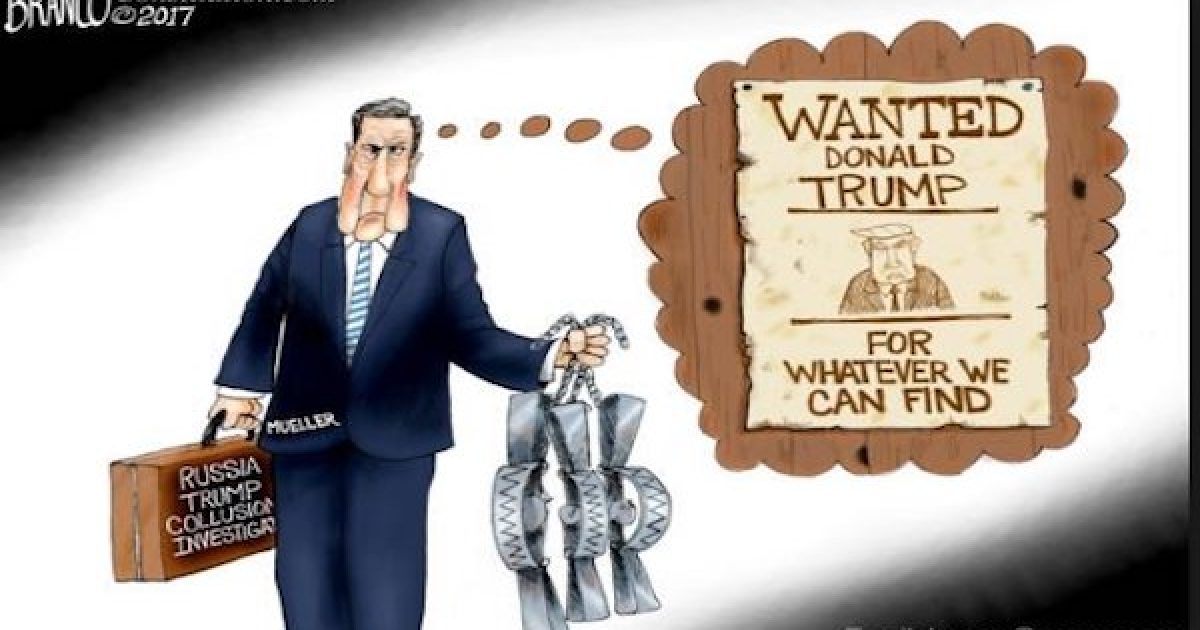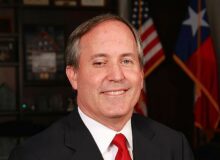In a post on 23 May, we looked at the 9 days in January of 2017 when the Obama administration became the deep state. That post showed who was involved in using federal intelligence and law enforcement agencies against the incoming Trump administration.
This post, emphasizes a single point, one whose import requires a stand-alone focus to absorb. It is just this: in 2016, the FBI already knew everything it was going to know. From the means of intelligence available to it, they knew whether Trump and his closest connections had nefarious or even just questionable links to Russians or people connected with Russians.
There is a tendency to imagine that an ongoing “investigation,” such as Robert Mueller’s in the present day, must be uncovering new information about links to Russians. People have a mental idea, likewise, that something like the Carter Page FISA surveillance, which was authorized in October 2016, allowed the FBI to start looking at things that happened in October 2016.
Perhaps, our minds suppose, the FBI could then reconstruct by other methods things that happened before October 2016 – while continuing to monitor what was going on with Mr. Page after October 2016. However, we think of things as unfolding at the time we find out about them, or of insight being gained on or after, the dates when we know formal decisions were made.
In the age of big data, our thinking is wrong.
I’ve made this point many times before, but always as part of a more extensive post (e.g., most recently, here). The issue probably gets lost in the weeds that way, when it needs instead to be always in the foreground of our thinking.
We don’t even need a lot of detailed information to recognize how much the FBI knew by the end of 2016. We only need three data points about the surveillance.
The Russian Focus
The first, and ultimately most important, is that U.S. agencies would have had the suspect Russians whose names keep coming up under surveillance not only during the election cycle but for years before it.
The FISA constraints that limit surveillance apply almost entirely to the correspondents on the “U.S. person” end of communications transactions. Foreign targets are fair game. But that doesn’t mean the FBI doesn’t get a good picture of which Americans are involved with the top foreign targets. When the U.S. has had Russian oligarchs and government operatives under surveillance for years, the FBI knows who their associates are, and what they’re into. (I’ve laid out before the extent to which top DOJ and FBI officials were familiar with many of these Russian targets and their connections.)
The FBI’s options for identifying untoward links between Trump and Russians were the same throughout the entire period preceding 2016, and extending to the end of the campaign. The idea that U.S. agencies had to be awakened in 2016 to the potential of their activities, and were starting with a blank or murky vista on them, is a misleading impression created by the “Russia” narrative.
There were better odds of finding such links — if they existed — than of finding almost any other kind because the Russians were already being tracked.
The Campaign Focus
The second data point is that Paul Manafort and Carter Page were both under FISA surveillance in 2016. Manafort was reportedly under scrutiny at the time he joined the Trump campaign in late March of 2016. We’ve known this for months and considered it in light of other significant things that happened in March 2016 – things that may have included the activation of Stefan Halper as a “confidential source” (or agent-provocateur) for the FBI.
CNN reported in September 2017 that Manafort had been under FISA surveillance since as early as 2014, and was still so when he joined the Trump campaign. On the assumption that Manafort was highly likely to be in contact with Trump and/or members of Trump’s professional entourage between 2014 and March 2016, that means the FBI could have had much of the Trump team under surveillance as well.
That said, keep in mind: the basis for persistent surveillance had a connection to whatever improper activity the FBI suspected or was trying to build a picture of.






